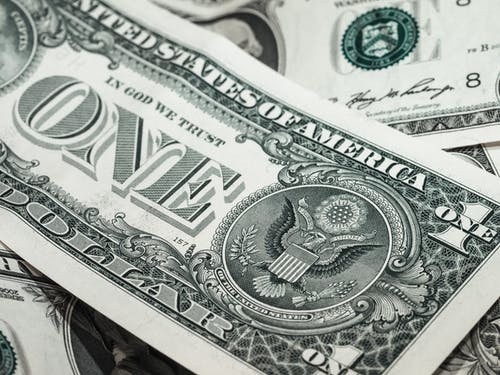Everything You Need To Know About the $300 Weekly Unemployment Benefit
More states would start sending $300 weekly unemployment benefit as part of the $900 billion stimulus package. Here are the most important things about the jobless aid that you need to know.

$300 Weekly Unemployment Benefit
The roughly $900 billion includes funding for a $300 weekly unemployment benefit that will last for 11 weeks. The unemployment aid came just after the Labor Department announced that around 140,000 people in the country lost their jobs in December.
The U.S. Department of Labor issued guidance to states on Jan. 5 on how to allocate funds for unemployed workers. Several states already informed qualified recipients through mail or social media of the upcoming bonus, but the majority are still weeks away from ending the $300 weekly unemployment benefit.
Additionally, the unemployment benefit under the new $900 stimulus package will be sent by federal agencies anytime soon. This financial aid is on top of the state allowance. However, it is important to note that the state allowance depends on the state where you live.
According to a recently published article in CNET, here are the most important things you should know about the $300 weekly unemployment benefit:
1. How Long Will the Unemployment Benefit Last?
Under the new stimulus package, the unemployment benefit will last up to 11 weeks. The checks should arrive soon, but this will only begin depending on how fast the state will process them. The checks are supposed to last until Mar. 14, but an overflow period lasts until Apr. 5.
2. Is the $300 Unemployment Benefit Retroactive?
According to a report published in the Washington Post, the stimulus bill's language does not specify whether the unemployment bonus is retroactive.
3. What is Mixed Earner Unemployment Compensation?
Unemployed workers either get their benefits from the state through unemployment insurance or through a federal program called Pandemic Unemployment Assistance or PUA under the CARES Act. This means that a freelancer who does not typically receive unemployment benefits can receive PUA after being laid off.
But under the new bill, someone who earned a combination of income from a traditional job and employment as a contractor would either receive the unemployment insurance payment or the PUA but not a combination of both benefits.
4. How to Qualify for the $300 Weekly Unemployment Benefit?
You are qualified to apply for the unemployment benefit from the state where you lived if you have been laid off or furloughed. After the state approves your claim, you can apply to receive whatever state benefits you are entitled to. The state you live in covers 30 percent to 50 percent of a person's wage.
5. Do You Qualify for the Extra Federal Unemployment Insurance?
The general rule is that you should apply if you lost your job or furloughed, but the eligibility criteria vary from state to state. It includes job loss due to the global pandemic.
6. How to Calculate Your Unemployment Insurance Amount?
The state determines how much a person receives based on the Average Gross Income or AGI. Remember that this also varies from one state to the other. The unemployment insurance is between $300 and $600.
Subscribe to Latin Post!
Sign up for our free newsletter for the Latest coverage!

















